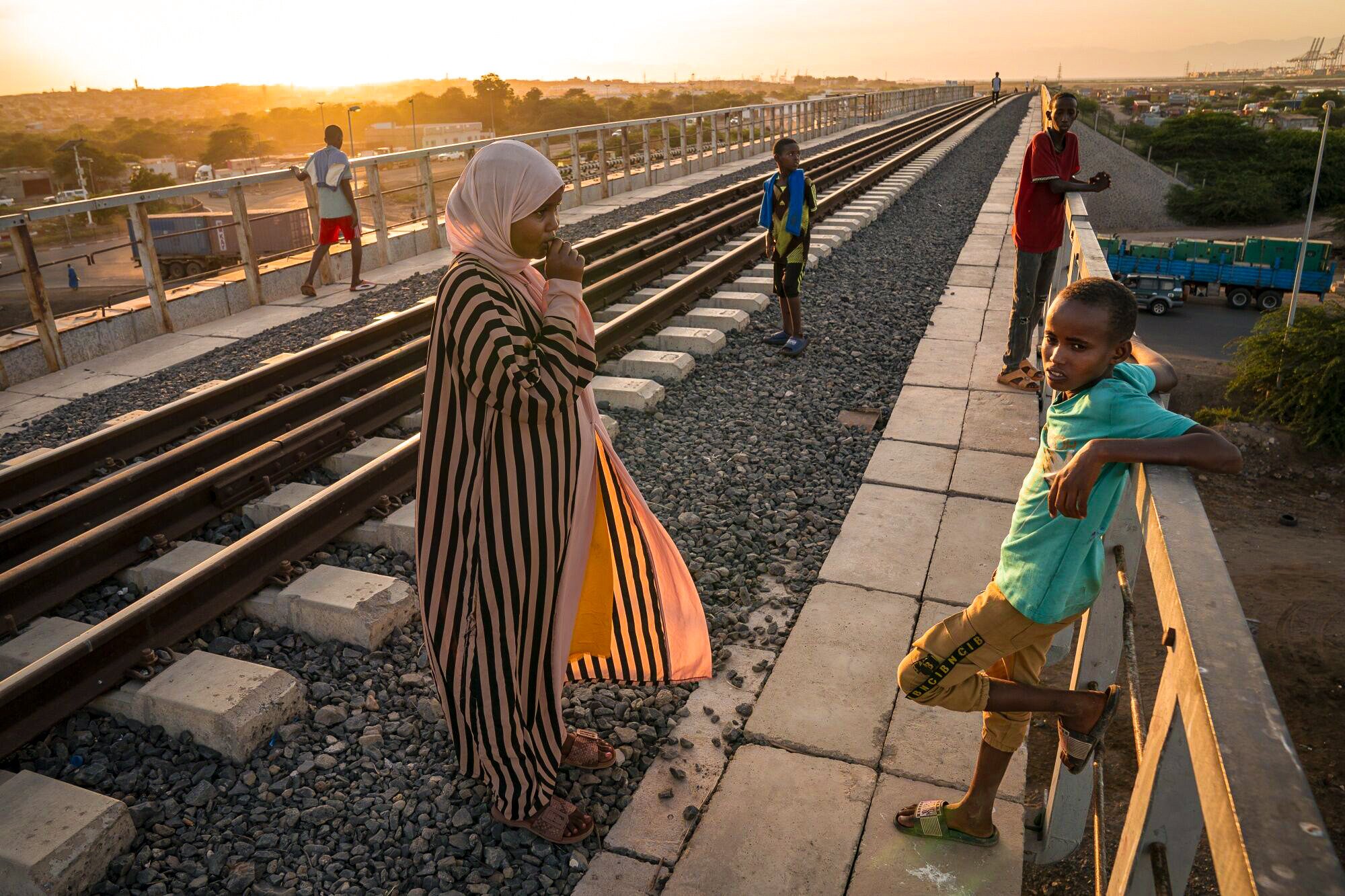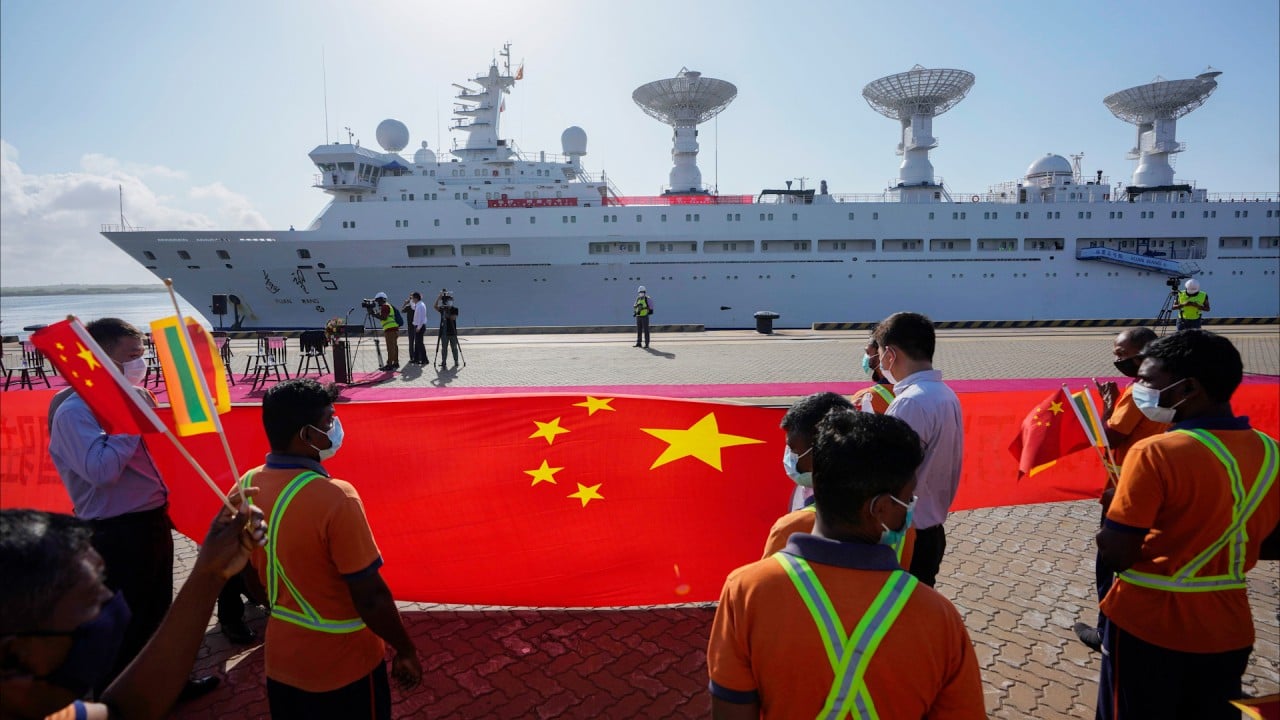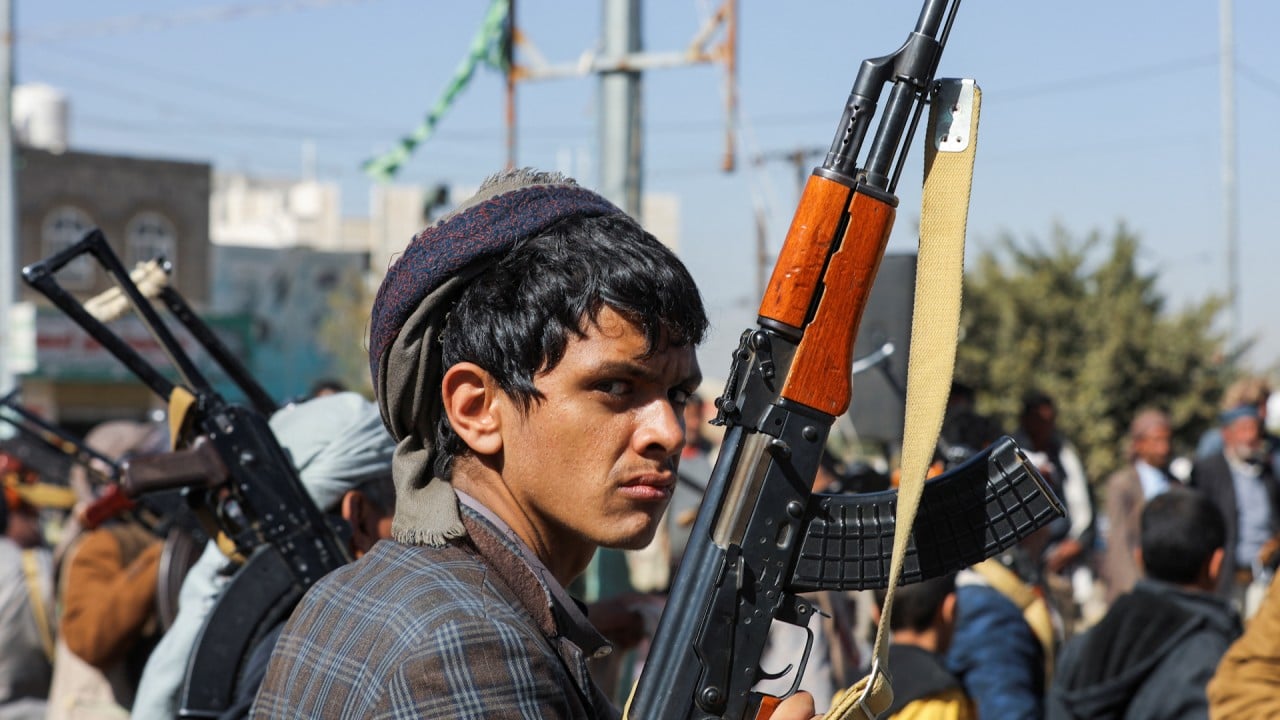China hands over the keys to the railway as African countries take control of two major belt and road projects
But it only goes so far. Observers added that knowledge transfer remains “partial” so as not to give away too much and jeopardise future projects.
Abdi Zenabi, executive director of the Ethio-Djibouti Railway, praised the project at the May 10 handover.
“The railway is more than just tracks and locomotives. It is a symbol of cooperation, friendship and shared aspirations,” he said.
He noted that the railway had opened new markets, attracted investments and created job opportunities.
According to the Ethiopian office of the China Railway Construction Corporation (CRCC) – the parent company of the CCECC – the Chinese operators trained a total of 2,840 people over the past six years, “which has led to the localisation of all railway professions in the field of rolling stock operation, maintenance and safety”.
Since commercial operations started in 2018, the railway contractor has operated 2,500 passenger trains with a passenger volume of 680,000 and operated more than 7,700 freight trains.
Nevertheless, the Chinese operator will continue to provide technical support for two more years.
In Kenya, Africa Star Railway Operation Company (Afristar), a subsidiary of CRBC, which has operated the Mombasa-Nairobi Standard Gauge Railway since 2017, has handed over most of the operations to Kenya.
Kenya Railways has been gradually taking over SGR operations bit by bit since 2021, starting with ticketing, then security, fuelling operations and cargo handling.
The 480km railway line was built by CRBC and its parent firm China Communications Construction Company at a cost of more than US$5 billion, with funds coming from China Eximbank. It runs from the coastal city of Mombasa to the capital Nairobi with an extension to Naivasha in Central Rift Valley.
“We are going to complete taking over operations from Afristar in 2025. All operations will be fully run and operated by Kenya Railways,” Philip Mainga, managing director of Kenya Railways, said during the May 24 launch of the organisation’s new five-year strategic plan in Mombasa.
Yunnan Chen, a research fellow at ODI (formerly Overseas Development Institute), said the belt and road projects are not just the handover of hard technology. In taking on new Chinese-built infrastructure and Chinese technologies and equipment, countries also need to take on the “soft” infrastructure, around management, maintenance, standard operating procedures and protocols.
She said in Ethiopia and Kenya, this has been largely the responsibility of the contractor firms themselves – who are largely construction contractors rather than railway operators – in conjunction with Chinese universities, vocational colleges and other training via development cooperation.
However, Chen said, there’s a steep learning curve involved. Domestic abilities in railway engineering and management is relatively low, and this is the first major railway that Ethiopia has had since the French-built Chemin de Fer which became obsolete some decades ago.

“Added to that the multiple language and cultural barriers involved in communicating and teaching on a day-to-day basis between Chinese and Ethiopian staff means this is no small feat,” Chen said.
However, she said that the handover remains limited.
“From my own experience, while training in operations and maintenance has been a dominant component, higher level management, financial management and ticketing was not something I saw in the training programme,” Chen said.
“Neither was railway construction part of the training programme. So while there is technology transfer, it remains partial, and also reflects the interests of the contractor companies.”
“The efficiency of EDR’s management structures and the availability of funds for maintenance will co-determine the future success of the binational railway,” Zajontz, who is also a lecturer in global political economy at the University of Freiburg, said.
He said knowledge transfer, technical cooperation and human skills development have been central elements of China’s South-South cooperation going all the way back to Zhou Enlai’s Eight Principles for Economic Aid and Technical Assistance of 1964.
“This has not least been a reaction to African demands for more skilled jobs, technology transfer and a better integration of belt and road projects with local economies,” Zajontz, who is co-editor of the book Africa’s Railway Renaissance: The Role and Impact of China, said.
Overall, the results have been mixed.
“But even when technical workers come from China, the implementing companies have the responsibility to train local workers and eventually hand over the operations of the projects upon completion,” Cavince said.

